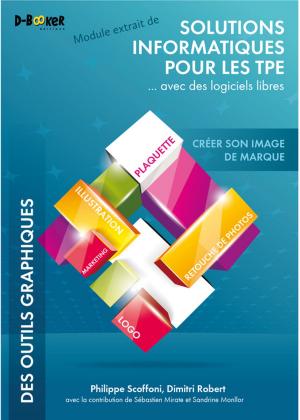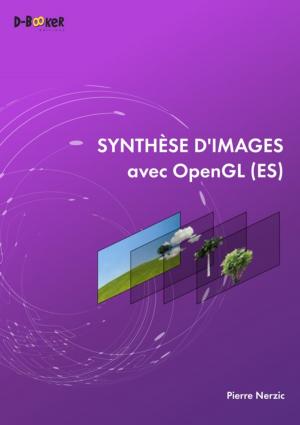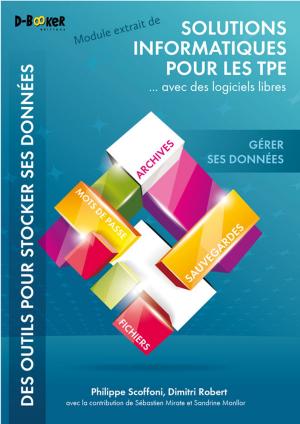Scilab: from Theory to Practice - I. Fundamentals
Nonfiction, Computers, Advanced Computing, Engineering, Computer Engineering, Application Software, Science & Nature, Technology| Author: | Philippe Roux | ISBN: | 9782822702928 |
| Publisher: | Éditions D-BookeR | Publication: | March 29, 2016 |
| Imprint: | Éditions D-BookeR | Language: | English |
| Author: | Philippe Roux |
| ISBN: | 9782822702928 |
| Publisher: | Éditions D-BookeR |
| Publication: | March 29, 2016 |
| Imprint: | Éditions D-BookeR |
| Language: | English |
This book provides a comprehensive, hands-on introduction to the powerful,open source computing environment of Scilab. It will teach you all the basic Scilab concepts you need for computing, analyzing and visualizing data, for developing algorithms, and creating models. Based on the latest versions of Scilab, it focuses on the most recent recommended practices. It offers a lot of advice and words of caution to help you take full advantage of Scilab’s capabilities, and efficiently create your own projects. Best practices have been certified by Dr. Claude Gomez, co-founder and advisor of Scilab Enterprises.
After performing a quick overview of the software, three parts will successively deal with computing, programming and creating plots. The first one shows you how to perform and optimize all the mathematical calculations that an engineer may come across. The second one examines how to go beyond the simple calculations and study complex systems with scripting and interface building. The last one gives you a thorough description of Scilab's numerous graphics capabilities.
Level: Intermediate/Advanced
Table Of Contents:
Getting Started
- Preview of Scilab
- The Console
- The Graphical Interface
- Inputs/Outputs
- Finding Information on Scilab
- Downloading and Installing Scilab
Computing
7. Numbers and First Calculations
8. Variables, Constants and Types
9. Matrices
10. Booleans
11. Character Strings and Text Files
12. Other Common Types
13. Calculation Examples
Programming
14. Scripts
15. Control Flow Statements
16. Functions
17. Advanced Programming
18. Example: Programming a Sudoku Game
Creating Plots
19. Graphics Entities and Windows
20. Two-dimensional Plot
21. Three-dimensional Plots
22. Other Two-dimensional Geometrical Elements
23. To Go Even Further
24. Two Case Studies: a Pendulum and Comet Orbit
This book provides a comprehensive, hands-on introduction to the powerful,open source computing environment of Scilab. It will teach you all the basic Scilab concepts you need for computing, analyzing and visualizing data, for developing algorithms, and creating models. Based on the latest versions of Scilab, it focuses on the most recent recommended practices. It offers a lot of advice and words of caution to help you take full advantage of Scilab’s capabilities, and efficiently create your own projects. Best practices have been certified by Dr. Claude Gomez, co-founder and advisor of Scilab Enterprises.
After performing a quick overview of the software, three parts will successively deal with computing, programming and creating plots. The first one shows you how to perform and optimize all the mathematical calculations that an engineer may come across. The second one examines how to go beyond the simple calculations and study complex systems with scripting and interface building. The last one gives you a thorough description of Scilab's numerous graphics capabilities.
Level: Intermediate/Advanced
Table Of Contents:
Getting Started
- Preview of Scilab
- The Console
- The Graphical Interface
- Inputs/Outputs
- Finding Information on Scilab
- Downloading and Installing Scilab
Computing
7. Numbers and First Calculations
8. Variables, Constants and Types
9. Matrices
10. Booleans
11. Character Strings and Text Files
12. Other Common Types
13. Calculation Examples
Programming
14. Scripts
15. Control Flow Statements
16. Functions
17. Advanced Programming
18. Example: Programming a Sudoku Game
Creating Plots
19. Graphics Entities and Windows
20. Two-dimensional Plot
21. Three-dimensional Plots
22. Other Two-dimensional Geometrical Elements
23. To Go Even Further
24. Two Case Studies: a Pendulum and Comet Orbit















